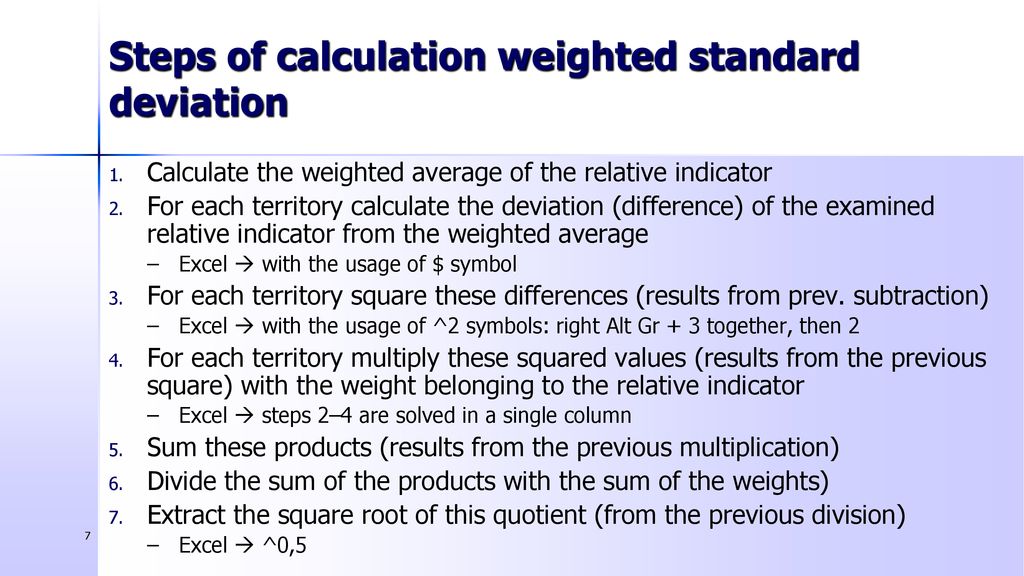

Say that this cash flow were $100 instead of $75. So here, we’re going to have to enter in 1, 2, 3, and 4 because they’re all different. Now, one thing about entering these cash flow keys is we’re going to tell it how many of these in a row there are. So we need to enter these expected cash flows. There we had a payment, but it had to be the same payment every period. In the basic calculator video, we talked about using the time value of money keys. And if it’s negative, that means that the present value of those future positive cash inflows is not greater than the cost today, so we shouldn’t It’s going to increase our expected wealth. Of all those future cash flows, and then subtract off the initial outlay…is that positive or not? If it is positive, that means the present value of those future expected cash flows are greater than the cost today of, say, the machinery ofĭoing the project. We want to find out if we take the present value So at some discount rate, here our required rate of return on capital. So that’s usually negative, an outlay and then in a simple project, we have all positive cash flows after that. And then we’re going to get returns from that over a number of periods in the future. The idea of capital budgeting is we’re going to make an expenditure today. So let’s start off with capital budgeting first. And then finally, a couple of depreciation, straight-line, and accelerated depreciation method. Then we’ve got some statistical functions here…mean, variance,Īnd standard deviation, covariance, correlation, and regression. The most important here, and then we’ll show how you can use those cash flow keys to do uneven cash flow calculations, either present value or future values on those. Things we’ll cover here have to do with capital budgeting. In this volume in the Schweser Video Library, we want to talk about some of the more advanced features and functions on the Texas Instruments Calculator.


 0 kommentar(er)
0 kommentar(er)
